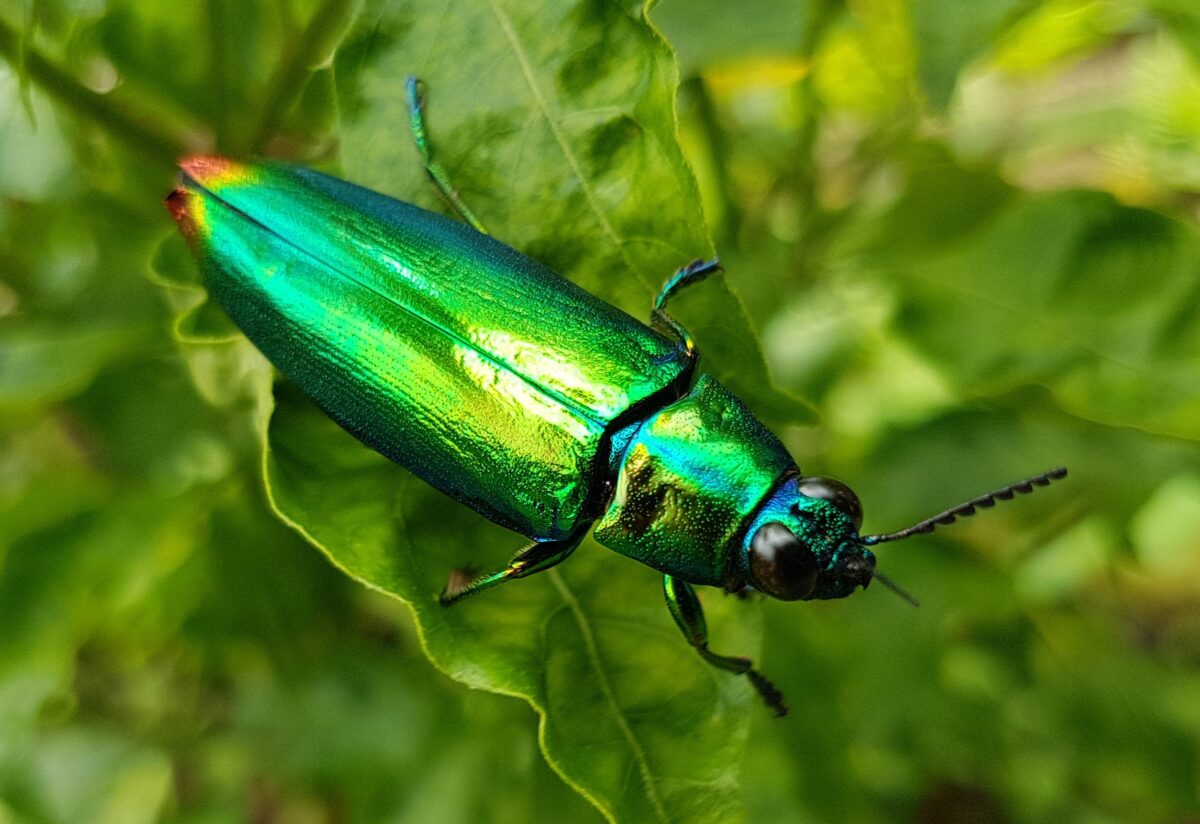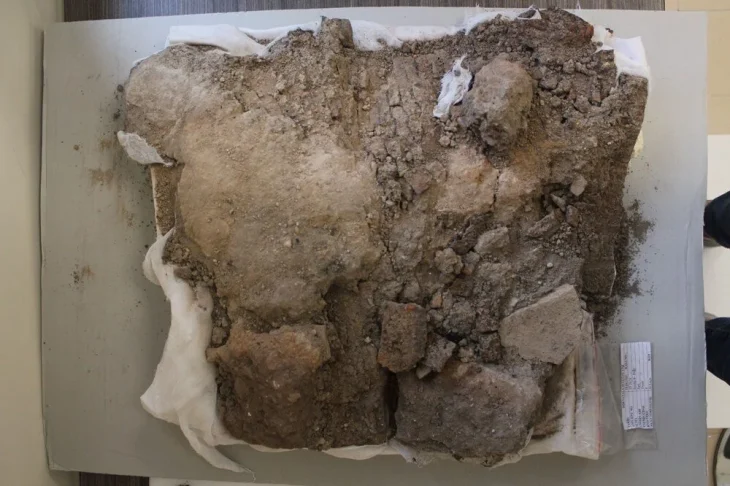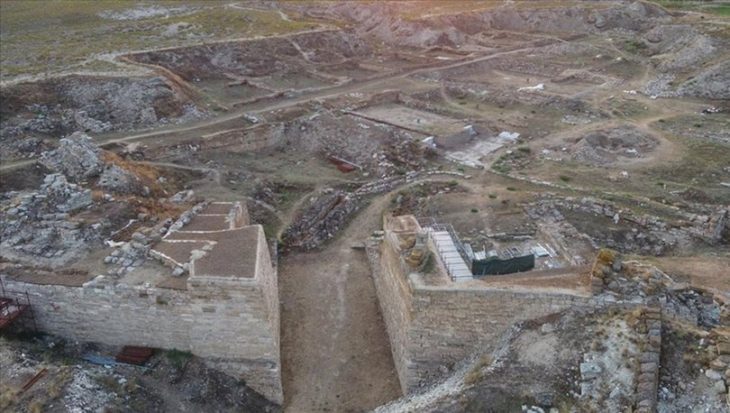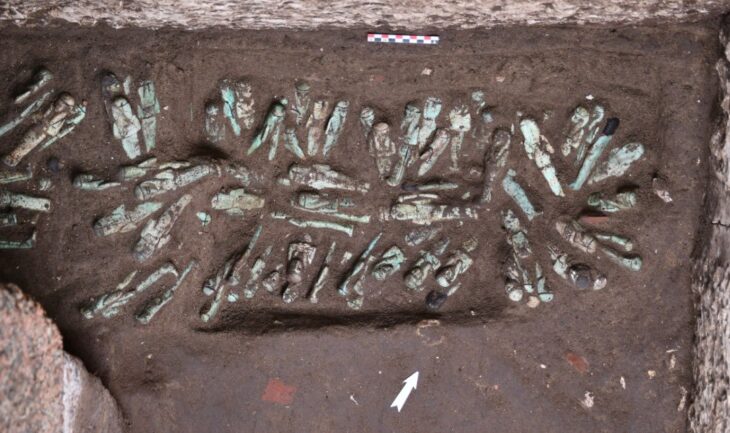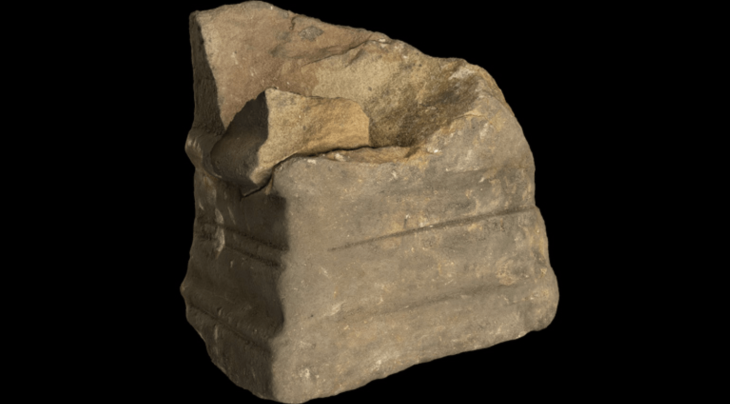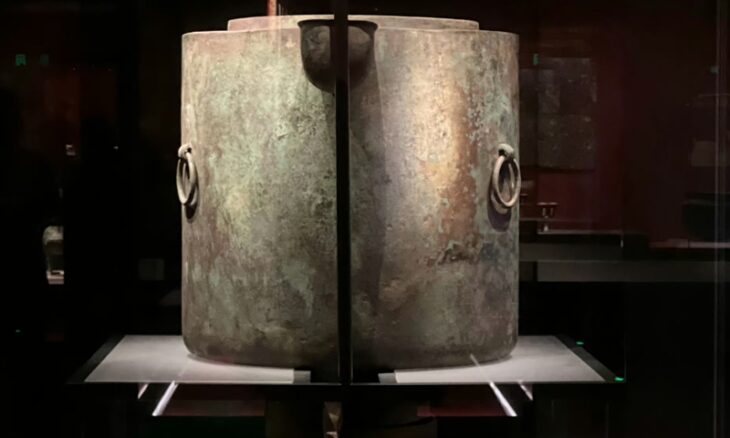In a dazzling discovery blending nature and royalty, archaeologists in South Korea have unearthed a 1,400-year-old crown adorned with jewel beetle wings, found on the skull of an elite figure buried in an ancient tomb of the Silla Kingdom. The find — visually stunning and archaeologically unprecedented — sheds new light on early Korean craftsmanship, aesthetics, and funerary rites.
The Silla Kingdom (57 BCE – 935 CE) was one of the Three Kingdoms of ancient Korea and the first to unify the Korean Peninsula. Renowned for its diplomatic ties with Tang China, Buddhist influence, and sophisticated craftsmanship, Silla left behind a legacy of golden artifacts, elegant architecture, and richly adorned tombs.
Gyeongju, known historically as Seorabeol, served as Silla’s royal capital and remains a UNESCO-designated historic site, often referred to as “the museum without walls” due to its abundance of open-air relics.
Among Silla’s most iconic symbols of power were its ceremonial crowns — elaborate, tree-like structures fashioned from gold, adorned with jade and intricate designs that symbolized spiritual and political authority.

The Hwangnam-dong tombs, also known as Hwangnamdaechong, are royal Silla-era tombs located in Gyeongju, South Korea. Credit: Smart History
The Crown Unlike Any Other — Gilded, Pierced, and Winged
The newly excavated crown from Tomb 120-2 is remarkable not only for its ornate design but for its rare and innovative use of materials. Alongside vertical gold extensions shaped like tree branches and deer antlers, the crown features dozens of tiny, heart-shaped perforations. These were once delicately filled with colorful jewel beetle wings, some of which remain intact after more than a millennium underground.
📣 Our WhatsApp channel is now LIVE! Stay up-to-date with the latest news and updates, just click here to follow us on WhatsApp and never miss a thing!!
This is the first recorded instance of beetle wings being used to decorate a Silla royal crown — elevating the artifact to a class of its own.
Suspended from both sides of the band were pendant-like ornaments made of gold beads and curved jade (gogok), which would have swayed with every movement, catching light and commanding awe.
What Are Jewel Beetle Wings?
The jewel beetle (Buprestidae) is prized for its iridescent exoskeleton, which refracts light to create vivid green, blue, and coppery hues. In ancient cultures — including those in Southeast Asia and Korea — these wings were sometimes harvested as natural “gems” and used to embellish textiles, jewelry, and ceremonial objects. Durable and eternally lustrous, they were seen as symbols of beauty, rarity, and even divine protection.

A Royal Ensemble Revealed
Archaeologists found the crown in situ atop the tomb occupant’s skull — along with:
Heavy gold earrings with wide hoops
A chest ornament of dark-blue beads
An elegant silver belt and matching bracelets and rings
Over 500 miniature yellow beads, forming a beaded bracelet
Gilt-bronze shoes, likely made exclusively for funerary ritual
Everything was discovered as it was worn, offering a uniquely preserved snapshot of royal Silla attire at the moment of burial — a rarity in Korean archaeology.
Each artifact appears to have been purpose-made for the burial, emphasizing ritual significance over daily use — a reflection of Silla’s complex funerary customs where elite figures were sent into the afterlife adorned in symbols of earthly power and celestial favor.

The 1,400-year-old crown found in a tomb in Gyeongju. A diagram shows what the ancient crown would have originally looked like, including the arrangement of its jewel beetle wing decorations. Credit: Korea Heritage Service
The buried figure is estimated to have stood around 170 cm (5’7”), based on the distance between the crown and the heels of the shoes. The identity remains unknown, but further DNA and isotopic analysis may reveal clues about their gender, rank, or lineage.
More Questions Than Answers
The crown also included a perforated metal plate between its band and vertical ornaments — a mysterious element never before seen. Could it be an early form of a headdress cap? Or purely decorative? Further analysis may unlock these secrets, reinforcing Gyeongju’s status as one of Asia’s richest archaeological sites.
This discovery not only enriches our understanding of Silla royalty but also reaffirms Gyeongju’s place as one of the world’s most treasure-rich archaeological landscapes.
Cover Image Credit: Public Domain

